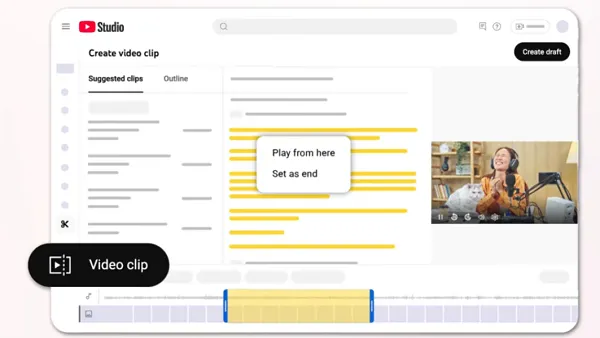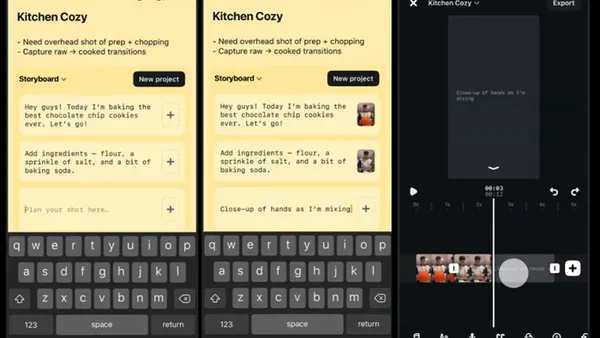Jimmy Fallon's Thank You Notes has been a surprise bestseller. But how it got there is through routinely hammering away at a repeatable format until it was successful, then using that success to create bigger opportunities to succeed. Marketers take note. It can work for you, too.
Formatting success
Jimmy Fallon uses a lot of regular and semi-regular formats for his gags. Whether it's a returning character, as his Neil Young impersonation, or his brandscape building Video Game Week or his participation creation Twitter hashtag game, his audience is accustomed to certain formats.
He is certainly not the first late night host to use formats. In fact, formats are part of what made the overall late night formula as successful as it's been over the years.
Keep iterating
But Jimmy does a superb job of pushing and developing his formats and honing their efficacy. He builds off his success. Every Friday night, he busts out his Thank You Notes. In this segment, he thanks all kinds of people and ideas and things for humorous ways they have benefitted him.
"[H]e expresses his gratitude for everything from the light bulb he's too lazy to replace to the F12 button on his computer's keyboard. He thanks microbreweries for making his alcoholism seem like a neat hobby. He thanks the name 'Lloyd' for having two L's. Otherwise it would just sound like 'Loyd.' He thanks the slow-moving family walking in front of him on the sidewalk. Without this 'barricade of idiots,' he might never have been forced to walk in the street and risk getting hit by a car in order to get around them (Amazon)."
Once the segment got popular enough, Jimmy re-purposed the jokes into a book. Then he used his show to promote the book. In fact, he encouraged fans to all buy it at the same time of the afternoon, just to see if they could get it to number 1 one on Amazon - even at an off hour. And it worked.
Keep building off what works
That kind of success not only makes money, it further promotes the show and reinforces the original Thank You Notes format. It attracts people and draws them to tune in for more.
Businesses should be approaching their content the same way.
- Incubate and develop formats over time. Develop expectations with your audience.
- Build higher quality content with your successes. Grow offline content from your online successes. Make videos. Do what makes sense with the format, your brand identity, and your audience's needs.
- Use that marquee content to drive interest in your brand and to reinforce interest in your successful formats.
- Keep on developing and growing. Nothing is static today.
Every brand is a publisher and producer today. Keep learning and applying lessons from successes in every media. And when it starts to work for you, write us a thank you note.
Keep developing
It's wise to remember that the content you create is always in a developmental state. If something really clicks with your audience, you'll want to figure out what is behind that success and keep doing it. But even those pieces that seem very "done" should always be feeding back into your promotional machine, either to build or to build off of momentum.
Developing formats and routines around your content creation, promotion, and distribution is a way to keep that momentum moving forward. When you find a formula that works, keep plugging away at it. When you meet your goals, find a way to blow it up into something bigger, then use that bigger piece of branded content as a way to continue promoting.










